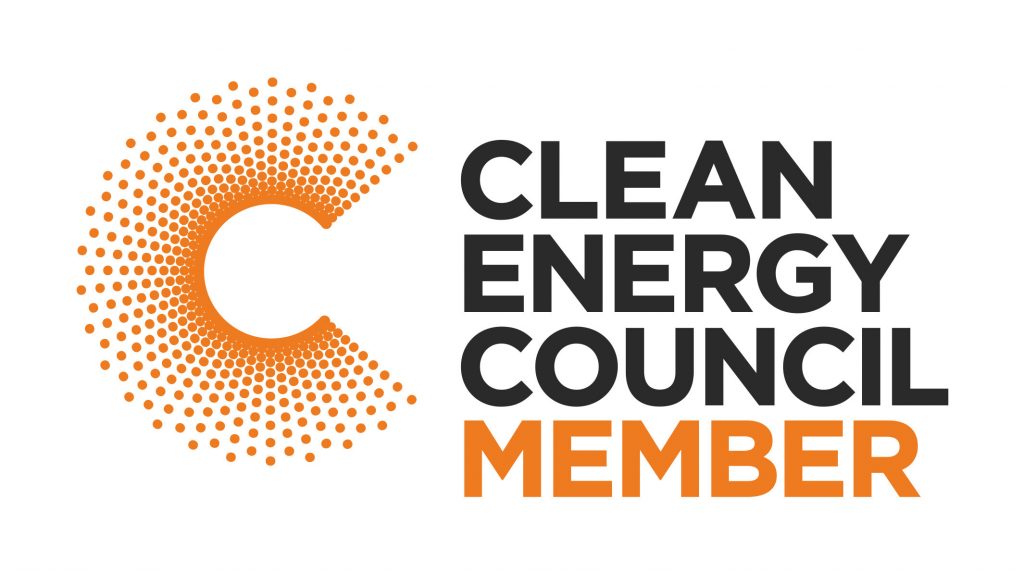FAQ's
FAQ's
-
What is the STC Eligibility?STC is a Small Scale Technology Certicate Program by the Australian federal government to initiate and help residential homeowners to lower the cost of solar panel installation. Which is known as a solar rebate. When homeowners install the solar system after getting the approval from their electricity distributor and provider as per CEC – Clean Energy Council. After the installation When the installer Submits the EWR (Electric Work Report) It generates the number of STC, s (Small Scale Technology Certicate). The STC, s depends on the market demand and supply patterns. The higher demands will increase the value of STC as per the law.
-
HOW MUCH DO YOU SAVE ON STC REBATE?Depending on the zone we live in and the size of the system. Different zones have different STC rates. In NSW zone 2 STC rate is 39.
STC rates are different as compared to zone
Zone 1 rating is 1.622
Zone 2 rating is 1.536
Zone 3 rating is 1.382
Zone 4 rating is 1.185
It is important to know zone residency to calculate the STC,s.
-
When Government Subsidy will end?The Small Scale Renewable Energy Scheme (SRES) going down each year and it will end on the 31st of December 2030. Start getting the solar system to get eligible for solar rebates, before it ends.
-
How Does Solar Panels Finance Work?Most of the homeowners choose to go on loan for the solar system. Loan nancing on solar will work only when your monthly savings are higher than your loan. If the interest rate is too high it will increase your solar savings from your pocket. Which leads to no savings until you pay the loan is paid fully. It’s totally depending on you whether you would like to go on cash or a loan.
The 6.6kw of a system will save you $1500 per year
Overview
-
Layout for Rooftop Solar PanelsHere are guidelines in regards to rooftop solar
Solar panels cannot be installed on roof shading which leads to less production of solar energy.
If the solar panels are installed in the roof shading area the panels won’t generate maximum energy due to less sunshine zone and also most of the solar cells won’t be working which will impact the overall production of the solar system.
North direction is best if your property is facing to the north which helps solar to generate maximum energy
-
How does the installation process work and what is the turnaround time?The installation process is all about getting approval from your electricity distributor and provider in regards to solar meter application paperwork. It takes usually 3-4 weeks to install the system at your property.
Before the installation, there are a few steps that we need to go through such as –
Site inspection from our CEC installer.
The installer designs the system and gets it approved by the local body.
When permission is granted to connect the system to the grid your solar system is ready to go.
-
Inverter cooling system.Every solar system is manufactured with an inbuilt cooling mechanism according to CEC guidelines.
Inverters are always installed in shades either next to your meter box if enough place and shade are available or in your garage because it produces a lot of heat due to sun rays.
-
Types of solar invertersThere are three types of solar inverters
On-grid Inverter – solar inverters are directly connected to the grid as it converts direct current into alternate current
Off-grid Inverter – off-grid inverters are highly used in commercial and residential sectors which connect to the battery and convert DC to AC.
Hybrid Inverter – Hybrid inverters are used for battery storage system and are also known as battery-ready inverters can be used in both ways either on-grid or off-grid and converts DC to AC.

